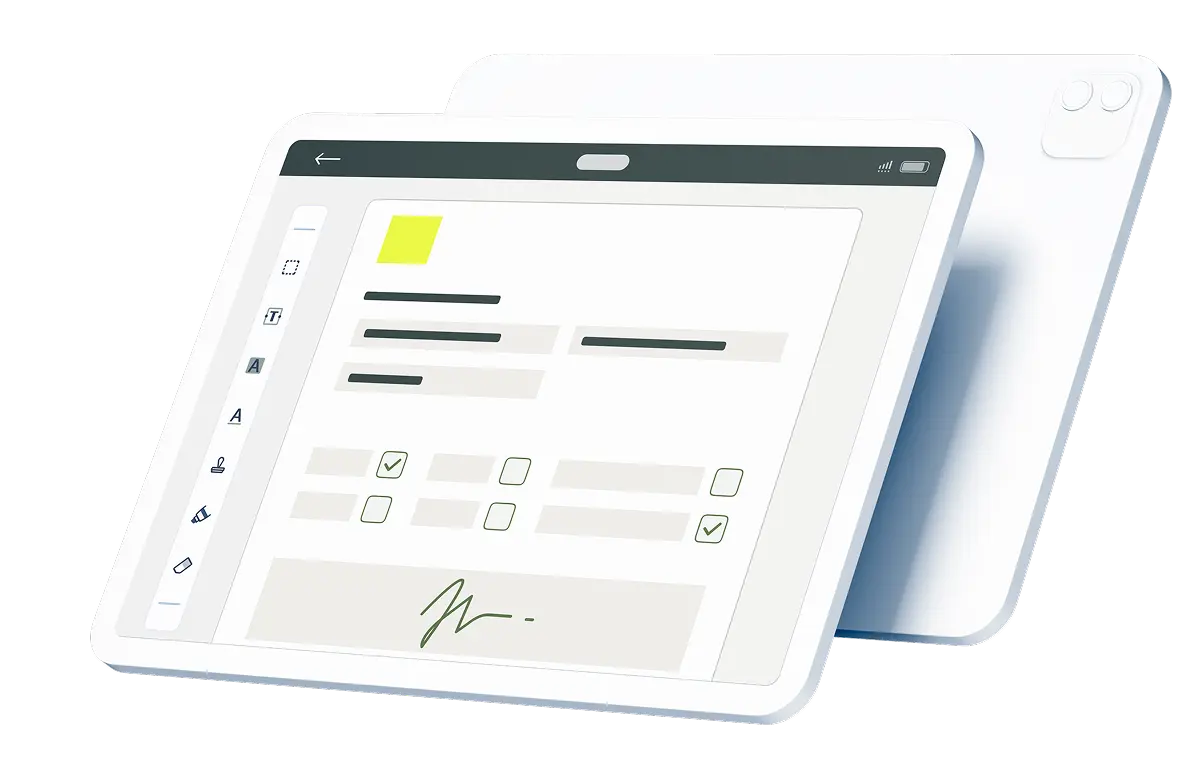Businesses of every size are familiar with operating expenses. As the term suggests, these are the continuous expenses related to operations. For example, monthly bills for electricity, phone, and internet services would be considered operating costs. These contrast with capital costs or capital expenditures. These expenses refer to money that a business or organization spends on purchasing, maintaining, or improving fixed assets or capital. Examples of capital expenses might include real estate, company vehicles, machinery, and other assets where the financial benefit goes beyond a specific period, such as a fiscal year.
Capital expenditure or CAPEX is the money used to initially purchase an asset or extend its useful life. Purchasing new tires for a company truck could be an example of such an expense. You might think of buying the tires as an operating expense, but their purchase helps to maintain or repair the truck, a fixed asset. Capital expenditures are often significant when it comes to magnitude. A member of an organization or corporate entity usually can’t spend the money needed for CAPEX without submitting a formal request to be approved by the appropriate parties. A capital authorization request is needed to initiate the process of spending the money and documenting it in an accounting or record-keeping system.
Contents:
What Is a Capital Authorization Request Form?
A well-managed organization must formally authorize and document when funds are spent on CAPEX items. In many cases, tracking these expenses from initiation through receipt of a product or service isn’t just about budget management. It’s also about seeing whether the company or group is moving in a positive direction with respect to its main objectives, including profitability, increased market share, cost control, and growth, among others. This form is necessary for tracking requests and subsequent approvals and payments.
Capital expenditures can vary in terms of amount and frequency, but the procedures or workflows for making requests should be consistent and uniform. An expenditure request form template helps to ensure that all steps are taken each time, regardless of who is making the request or the purpose of the request. As you build a template, you can detail the information that needs to be captured according to your organization’s operational needs.
What Should Be Included in an Expenditure Request Form Template?
Every business or group will need to determine which information is critical for a capital authorization request. Besides a document title indicating that it’s a capital expenditure request form, a template should generally include these details:
- Accounting and Documentation Details: Your internal accounting department may need to track details such as asset or budget categories, funds account details, overall budgets, year-to-date spending information, and other metrics.
- Identifying Information: This will include a company’s logo and contact information, as necessary. Provide a space to identify any internal department or subgroup, which can help categorize Capex items for future analysis.
- Expenditure Details: These are the nuts and bolts of the expenditure request. The items or services to be purchased should be detailed here, including a full description, costs before tax, sales tax, and delivery costs. Provide ample space to fully describe the expenditure and the reason or justification. It may be helpful to note whether the CAPEX item is a new purchase, maintenance or upgrade, or a replacement of an existing asset. Document the vendor or supplier and include details about the amount of money budgeted. If the amount requested is greater than what’s been allocated, that should trigger additional scrutiny and discussion, if not an automatic request denial.
- Review Information: Your capital authorization request should include spaces for signatures, dates, and comments for the requesting individual(s) and those who are authorized to approve or deny the request. There may need to be additional approvals depending on the magnitude of the request.
- Approval or Rejection: It should be very clear if the request is approved or rejected. This helps with tracking, recording, and auditing.
What Else Should I Consider?
Regardless of your organization’s sophistication, automated CapEx process boost uniformity, efficiency, productivity, and ultimately, profitability. Even if some CAPEX items may require additional steps, an automated capital authorization request process benefits your company, especially with the proliferation of the internet, networked environments, and cloud-based systems. An electronic, automated process can be integrated into larger workflows that include reporting, bookkeeping, analysis, distribution, and more.
The good news is that a solution for building and implementing an expenditure request form template is here with Fluix. This cloud-based platform is powerful, yet lightweight and flexible enough that you can scale up or down as necessary for your operational requirements. Fluix doesn’t require a special operating system or programming skills to boost your capital expenditure request and approval process. Create automated and streamlined workflows for better CAPEX management. Start with a free, no-obligation trial and experience the Fluix difference for yourself.

